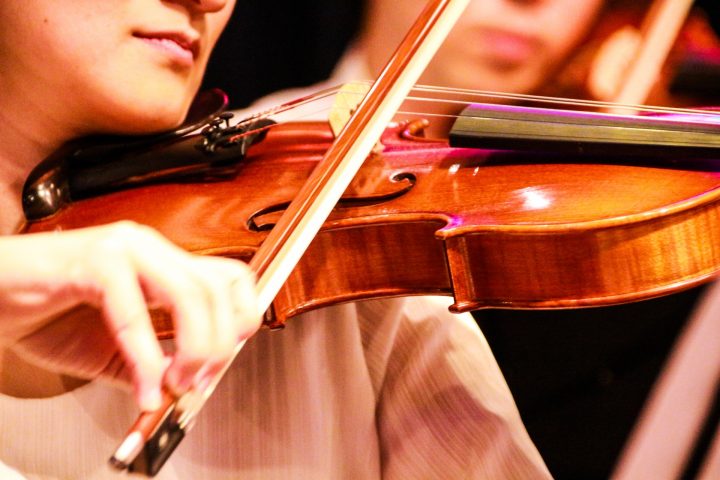Extra-large speaker and "Chigusa by the Sea"
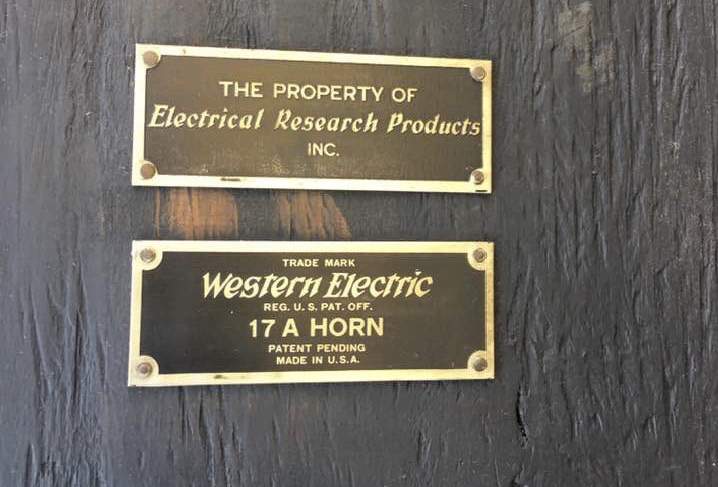
Immerse yourself in jazz tonight
File.4 Speakers made by Electric Research Products
Mayuko Niimura (Jazz Cafe Chigusa)
Chigusa is equipped with special speakers designed in the 1970s. Tweeters and amplifiers were also made to match, so many audiophiles come from far away just to listen to the " Chigusa sound". The 4-way multi-amp system, which is the ideal for audio, reproduces a rich, deep record sound comparable to that of a vacuum tube amplifier.
However, this method requires patience and a considerable amount of system knowledge to be able to tame a wild horse. Since the restart of Chigusa , there have been several problems with the sound being muffled, which was very worrying. I tried to calm him down by calming him down, but in 2016 I finally decided to undergo major surgery. Since then, I have been able to provide a stable " Chigusa sound".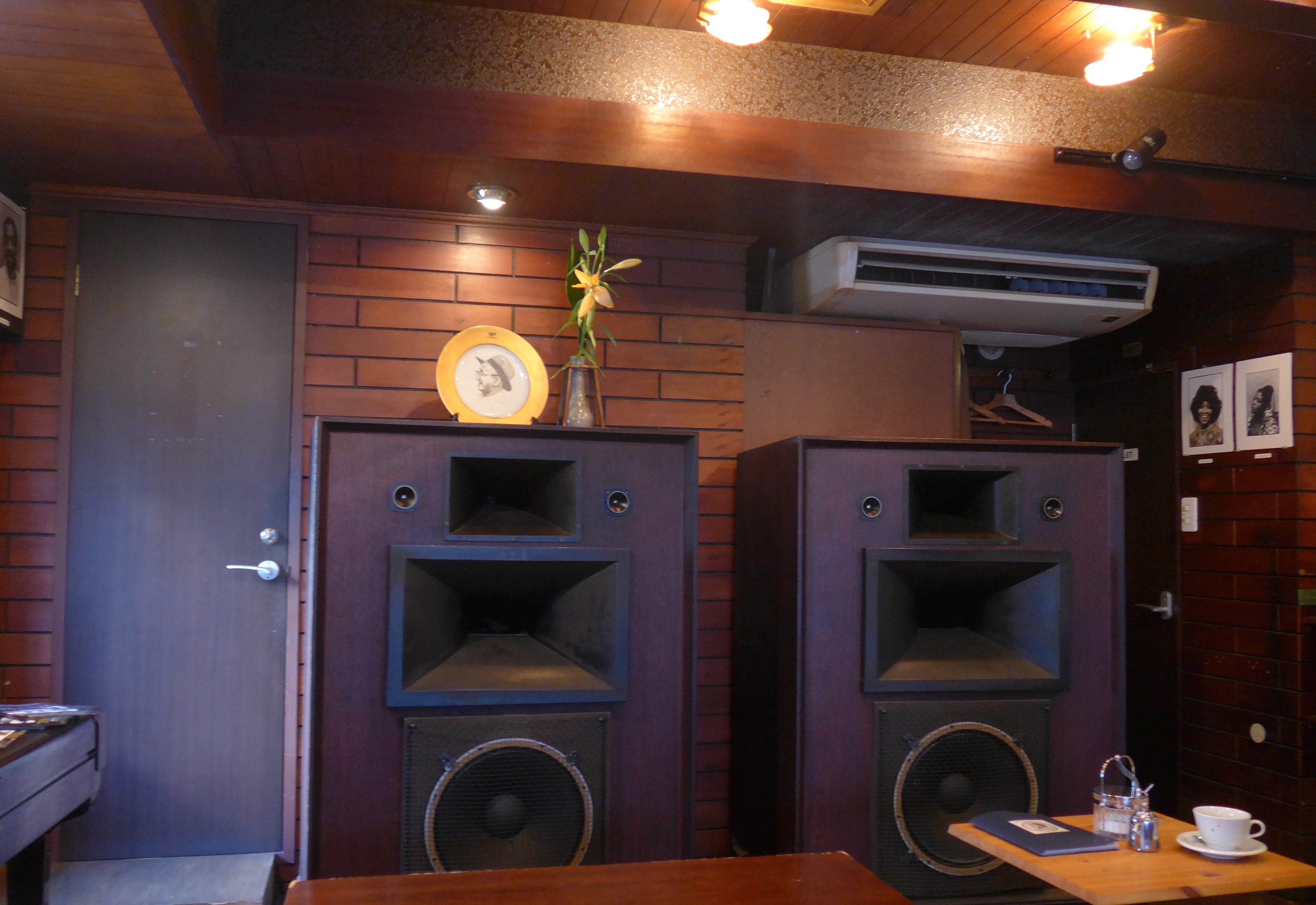
Many of Chigusa 's regulars are sound engineers for major media companies or people who have worked for audio equipment manufacturers for many years. When listening to their stories, it often seems like their entire homes are filled with sound equipment, and it seems like they have quite a large collection of records.
In recent years, the topic of conversation has been where to put these "treasures" such as records and audio equipment. Many of the residents are elderly, and in recent years, there has been an increase in inquiries from people saying, "I want to organize my collection, so can Chigusa take it?"
The most striking feature was the extra-large speaker, 160cm square, which was bigger than the Chigusa speaker. There was a limit to how much space there was in the 10 tsubo (approx. 33 m2) store in Noge, so we were racking our brains trying to think of a way to make it work, when by chance we heard about a way to use a certain space.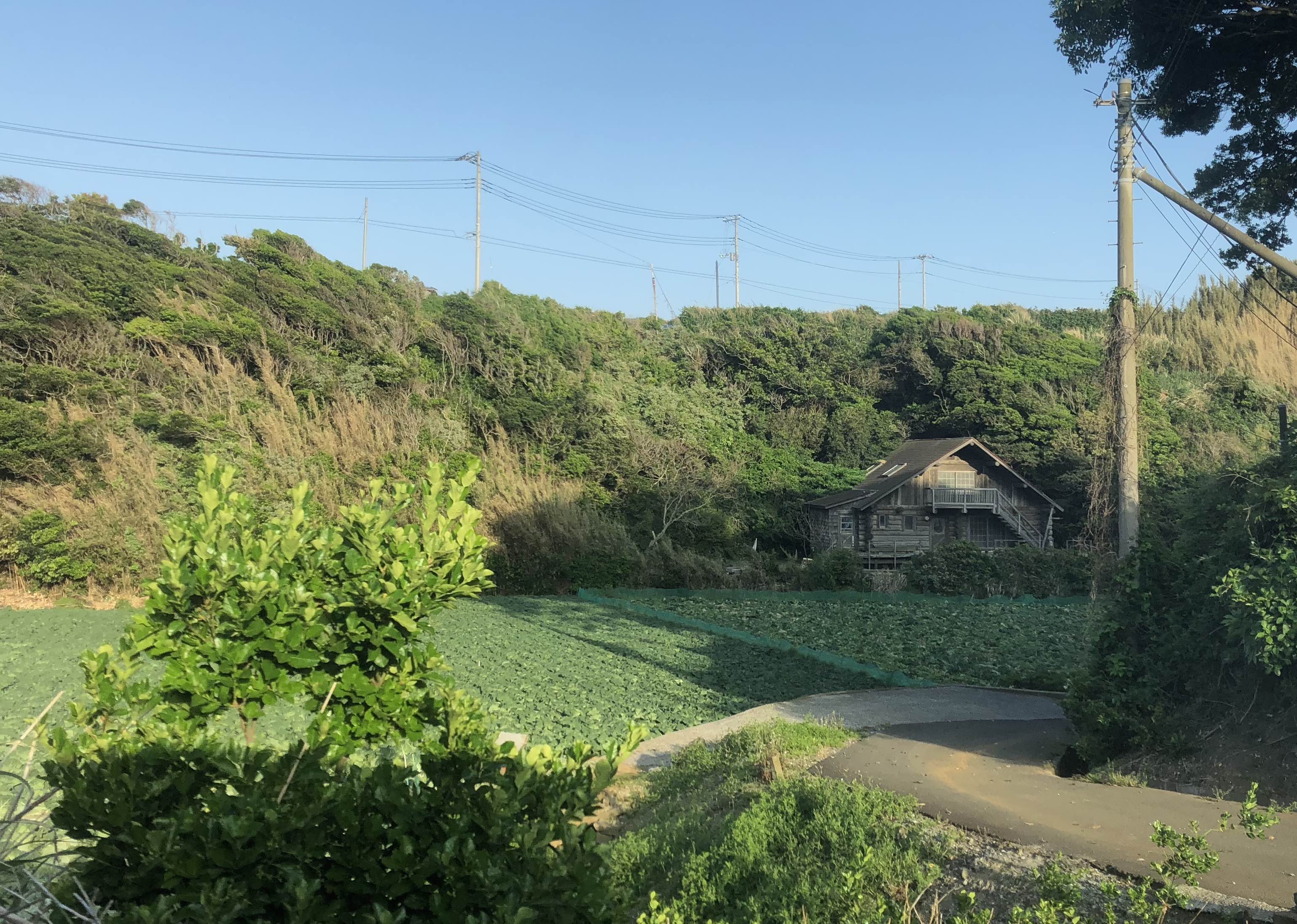
The location is a 30-year-old log cabin near Kannonzaki, about a 20-minute bus ride from Keikyu Railway's Miura Kaigan Station. The property is owned by someone related to Chigusa and has not been used for a long time, but when they talked about the extra-large speakers, they said, "Well, let's move them to the log cabin!" and things progressed smoothly. Furthermore, it was a waste to just use it as a warehouse, so the "Chigusa by the Sea" plan was born. The idea was to turn the log cabin into a jazz cafe.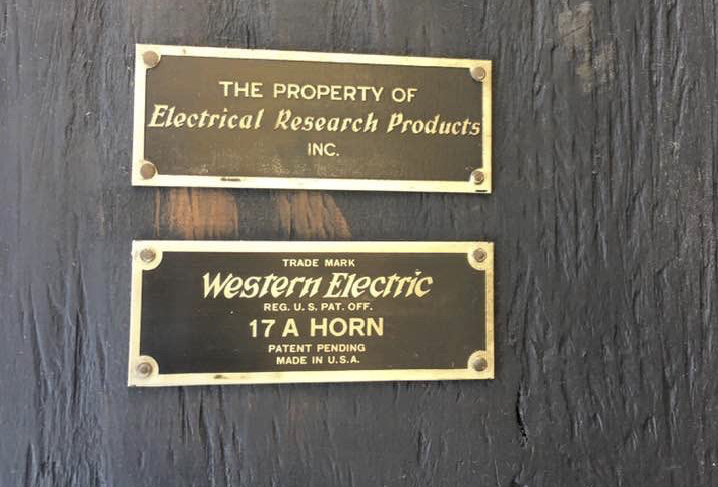
The extra-large speaker we had tucked into the log cabin was American-made. It was made by Electric Research Products, a company founded in 1928 to deal with talkie equipment for studios and theaters. It was the predecessor to Altec. As befitting its name, the wideband loudspeaker maintained clear sound even at movie theater-level volumes, and was also used for military broadcasting.
Although the one I received was for home use, it was still quite large. It also had a horn. A horn is a device that concentrates sound energy and delivers sound to listeners farther away more efficiently. There were no houses nearby, and the sea was about a 30-second walk away. It was an environment where no one would complain no matter how loud the volume was.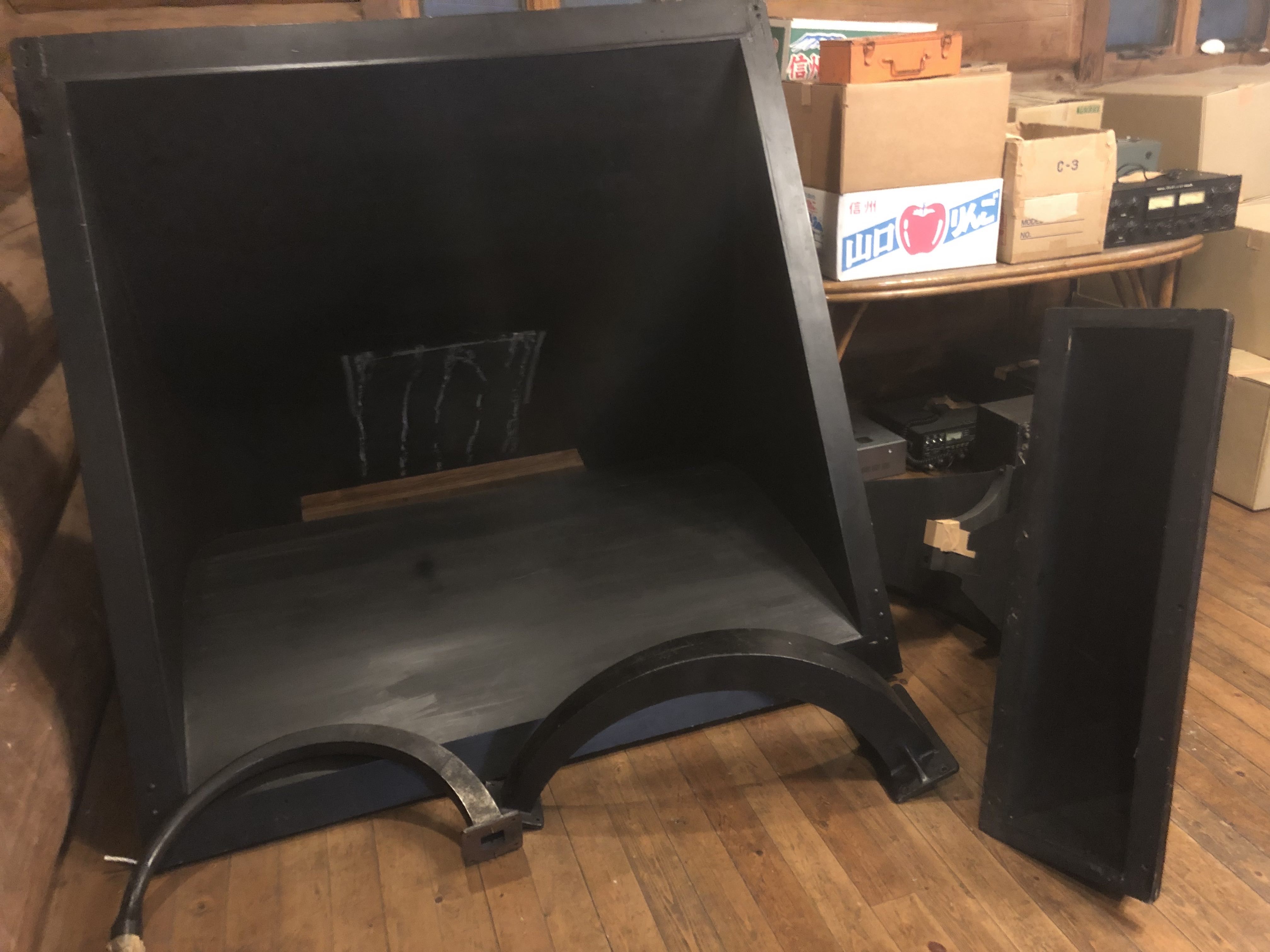
I can't wait to try it out. I wonder what the taste of a radish grown up listening to jazz coming from a horn would be like...?
Noge Chigusa Speakers and Seaside Chigusa Speakers. A new jazz story is about to begin in Miura, taking over these two audio devices, which were created by consolidating the thoughts of many people about Chigusa and the wisdom of sound.
When "Umibe no Chigusa" opens, it will be interesting to bring along some regulars from Chigusa to compare the sound. It seems like there will be a lot of heated discussions about the acoustics.
I would love for many people to come and listen, and I hope that it will become one of the highlights of cultural tourism in Miura.
